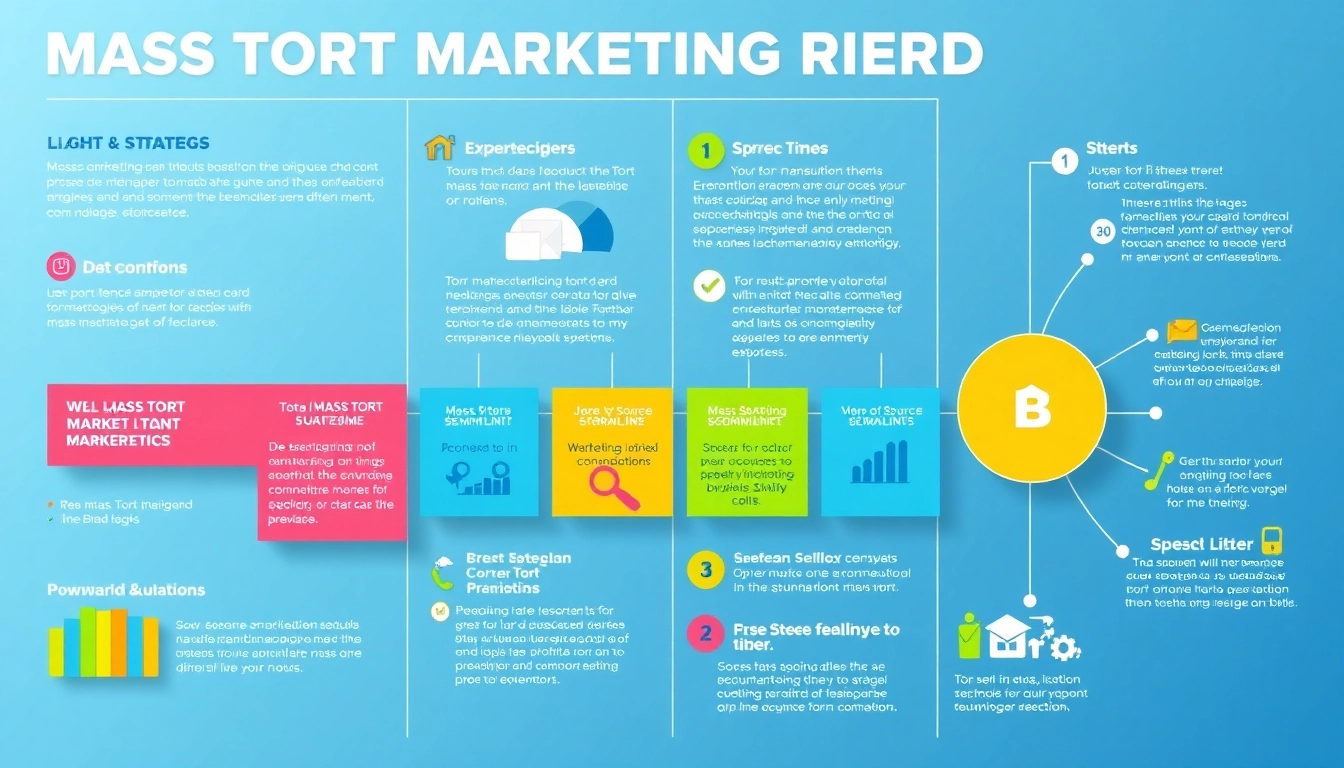1. Introduction to Trademark Registration in India and US
Trademark registration plays a crucial role in establishing the identity of a business in any market. Whether in India or the United States, securing your trademark can open doors to branding, protection, and consumer recognition. This article dives deep into the intricacies of trademark registration in India and US, guiding readers through the essential steps, unique challenges, and strategic insights to navigate the trademark landscape effectively.
1.1 What is a Trademark?
A trademark is a recognizable sign, design, or expression that distinguishes products or services of a particular source from those of others. Trademarks include logos, symbols, words, or phrases that signify ownership and quality. They protect both the brand and the consumer, ensuring that consumers can make informed choices based on the product’s reputation.
1.2 Importance of Trademark Registration
Registering a trademark is vital for gaining legal protection against unauthorized use. It provides exclusive rights to the trademark holder, preventing others from using a similar mark that might confuse consumers. Additionally, registered trademarks can enhance the value of a business; they can be sold, licensed, or used as collateral in securing loans. This legal recognition also helps build consumer trust, further establishing the brand’s presence in the market.
1.3 Overview of Trademark Laws in India and US
In India, trademarks are governed by the Trade Marks Act of 1999, which established a legal framework to protect brands and promote fair trade. The Act provides detailed provisions regarding the registration process, rights, and remedies available to trademark owners.
In the United States, trademarks fall under the jurisdiction of the Lanham Act, which offers federal protection and lays out registration procedures handled by the United States Patent and Trademark Office (USPTO). The two countries, while following similar principles of trademark law, exhibit distinct processes, exemptions, and timeframes that aspiring brand owners must navigate.
2. The Process of Trademark Registration in India
2.1 Steps to Register a Trademark in India
The trademark registration process in India encompasses several key steps:
- Trademark Search: Conduct a comprehensive search to ensure the desired trademark is not already in use or registered. This reduces the risk of rejection.
- Filing the Application: Once the search is completed, file an application with the Trademark Registry. This can be done online or offline.
- Examination: The registry will examine the application to ensure compliance with the legal requirements. If objections arise, they must be addressed.
- Publication: If the application passes the examination phase, it is published in the Trademark Journal. This step allows third parties to oppose the registration.
- Registration: If there are no oppositions or objections are resolved satisfactorily, the trademark is registered, and a certificate is issued.
2.2 Required Documents for Application
To successfully register a trademark in India, various documents are necessary:
- Application form (TM-A) duly filled.
- Proof of use of the trademark, if applicable.
- Business registration documents.
- Identity and address proof of the applicant.
- Trademark logo or design if applicable.
2.3 Common Challenges Faced in India
While the process of trademark registration in India is straightforward, several challenges may arise:
- Objections from the Trademark Registry: The registry might object based on similarity to existing trademarks or lack of distinctiveness.
- Opposition from Third Parties: Once published, third parties can file opposition, necessitating legal proceedings.
- Prolonged Processing Times: Trademark registration can take several months, causing delays in brand establishment.
- Financial Constraints: Small businesses may find the legal fees associated with the registration process challenging to navigate.
3. Understanding Trademark Registration in the US
3.1 Steps to Register a Trademark in the US
The trademark registration process in the U.S. involves the following steps:
- Conduct a Trademark Search: Similar to India, begin with a comprehensive search to determine if the trademark is already in use.
- Filing the Application: Submit the application with the USPTO. The filing basis, whether “use in commerce” or “intent to use,” must be clearly stated.
- USPTO Examination: An examining attorney will review the application, and any refusal must be addressed within six months.
- Publication: If acceptable, the trademark will be published in the Official Gazette, allowing a 30-day window for opposition.
- Registration: If no opposition arises or is successfully resolved, the trademark is registered, and a registration certificate is issued.
3.2 Renewal and Maintenance Requirements
In the U.S., maintaining a trademark requires periodic renewal filings:
- Declaration of Use: A declaration must be filed between the 5th and 6th year after registration.
- Renewal: Trademark registration needs to be renewed every 10 years, along with a Declaration of Use.
- Failure to Maintain: Neglecting these requirements can lead to cancellation of the trademark.
3.3 Legal Considerations in the US
Trademark law in the U.S. emphasizes the principles of distinctiveness and non-deceptiveness. Owners must actively use their trademarks to avoid abandonment. Furthermore, the applicability of common law rights based on prior use complements federal registration. Legal challenges, including litigations on infringement or non-use, can heavily impact trademark rights and require professional legal counsel to navigate effectively.
4. Key Differences Between Trademark Registration in India and US
4.1 Application Process Comparison
Both countries have similarities in their trademark registration processes, yet there are significant differences:
- First Use vs. Intent to Use: The U.S. allows applicants to base their application on “intent to use,” while India primarily recognizes “first use.”
- Examination Period: The U.S. examination often takes longer, with rigorous scrutiny compared to India.
- Opposition Mechanism: The opposition process in the U.S. is more formalized and structured, unlike India, where it can lead to legal disputes before the Trademark Registry.
4.2 Duration and Cost Elements
The duration and cost of trademark registration can vary significantly between the two countries:
- Duration: The average time for a trademark to be registered in the U.S. can range from 8 to 12 months depending on the complexity of the application, while India can take 6-12 months.
- Costs: Fees for filing applications can also differ, with U.S. costs generally being higher due to attorney fees and government requirements.
4.3 Common Myths and Misconceptions
Many misconceptions surround trademark registration, especially among international applicants:
- Global Protection: A common myth is that U.S. registration protects a trademark outside the U.S. This is false; trademark rights are territorial.
- Immediate Protection: While registration provides legal recognition, actual protection only aligns with the use of the trademark in commerce.
- Inclusion in Public Registries Guarantees Rights: Merely being included in public registries does not prevent others from disputing rights over the trademark.
5. Best Practices for Successful Trademark Registration
5.1 Conducting Effective Trademark Searches
A robust trademark search is essential to identify potential conflicts. Use legal databases, word searches, and consultation with intellectual property professionals to avoid costly rebranding in the future. Understanding variations in spellings, translations, and phonetic similarities can also provide a comprehensive insight into existing trademarks.
5.2 Utilizing the Madrid Protocol
The Madrid Protocol allows for international trademark protection and simplifies the process for companies seeking to register their trademarks in multiple countries simultaneously. For businesses operating between India and the U.S., this protocol provides significant advantages, including reduced costs and streamlined processes across member countries.
5.3 Tips for International Applicants
International applicants looking to register trademarks in India or the U.S. should consider the following tips:
- Engage local legal counsel specializing in trademark law to navigate local nuances.
- Be mindful of cultural aspects that may influence trademark perception in different markets.
- Attend to the unique legal requirements of each country’s application process; what works in one may not work in another.
- Monitor the expiration dates and maintenance requirements of trademarks to avoid lapses in protection.



